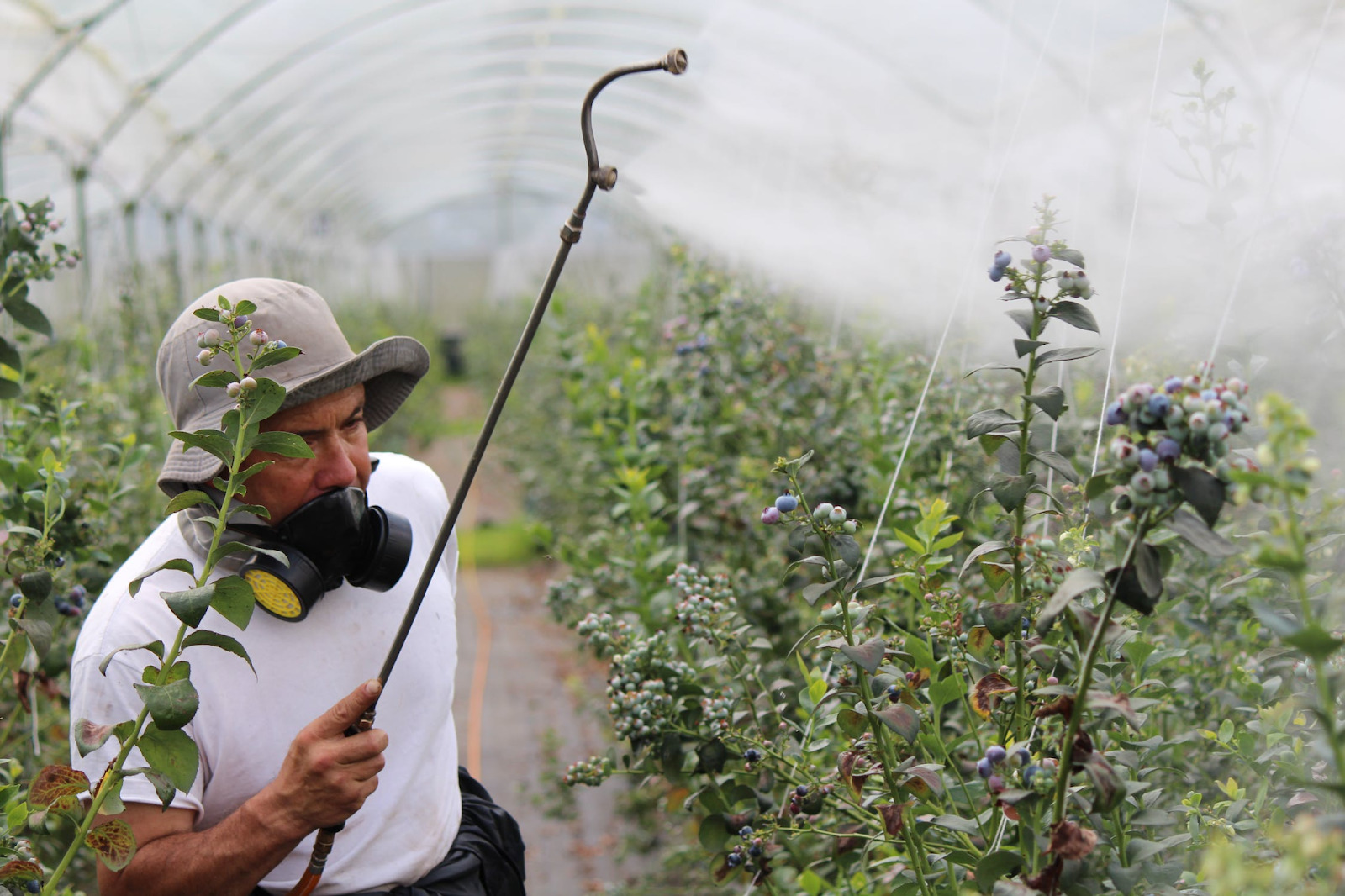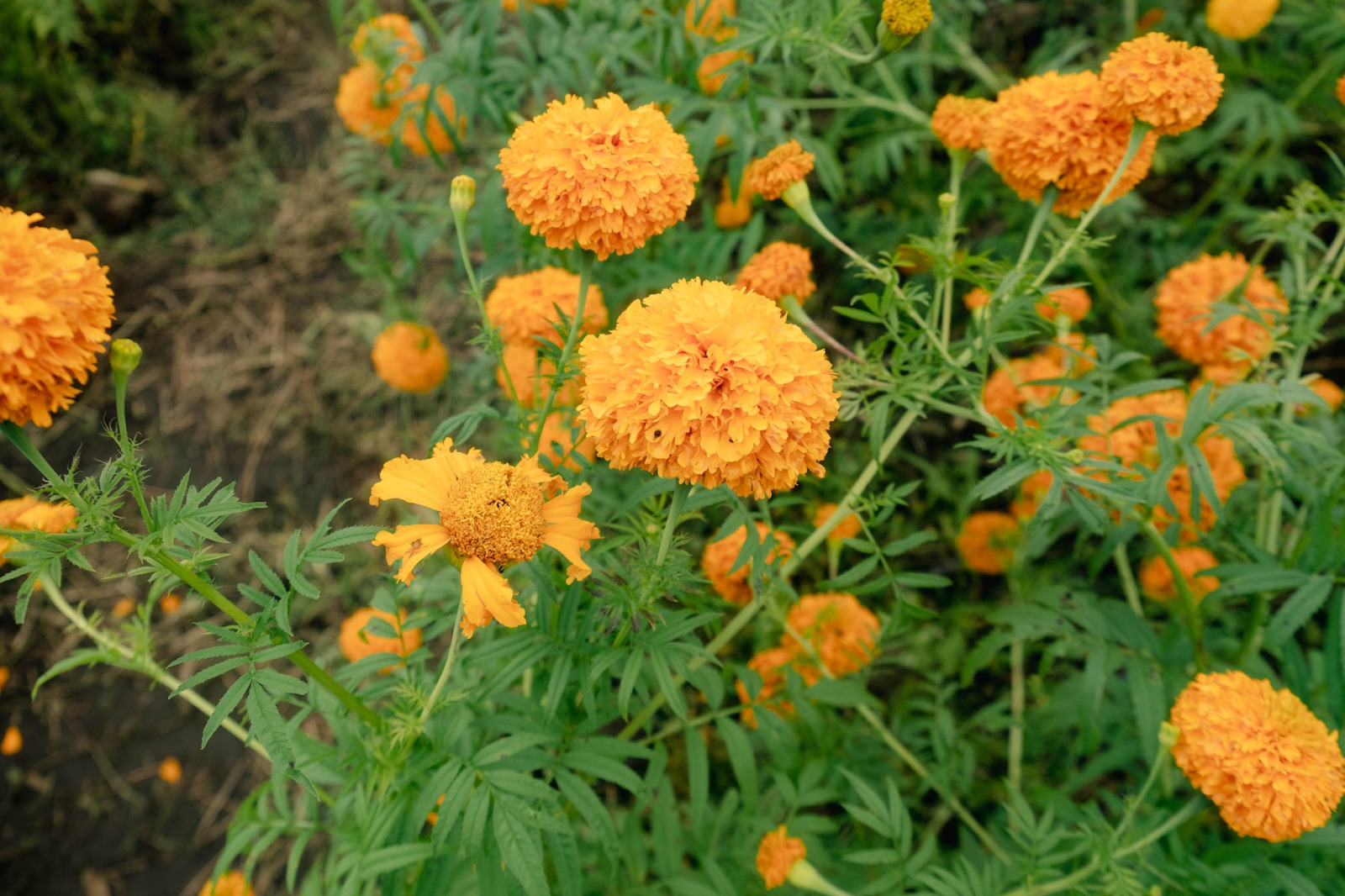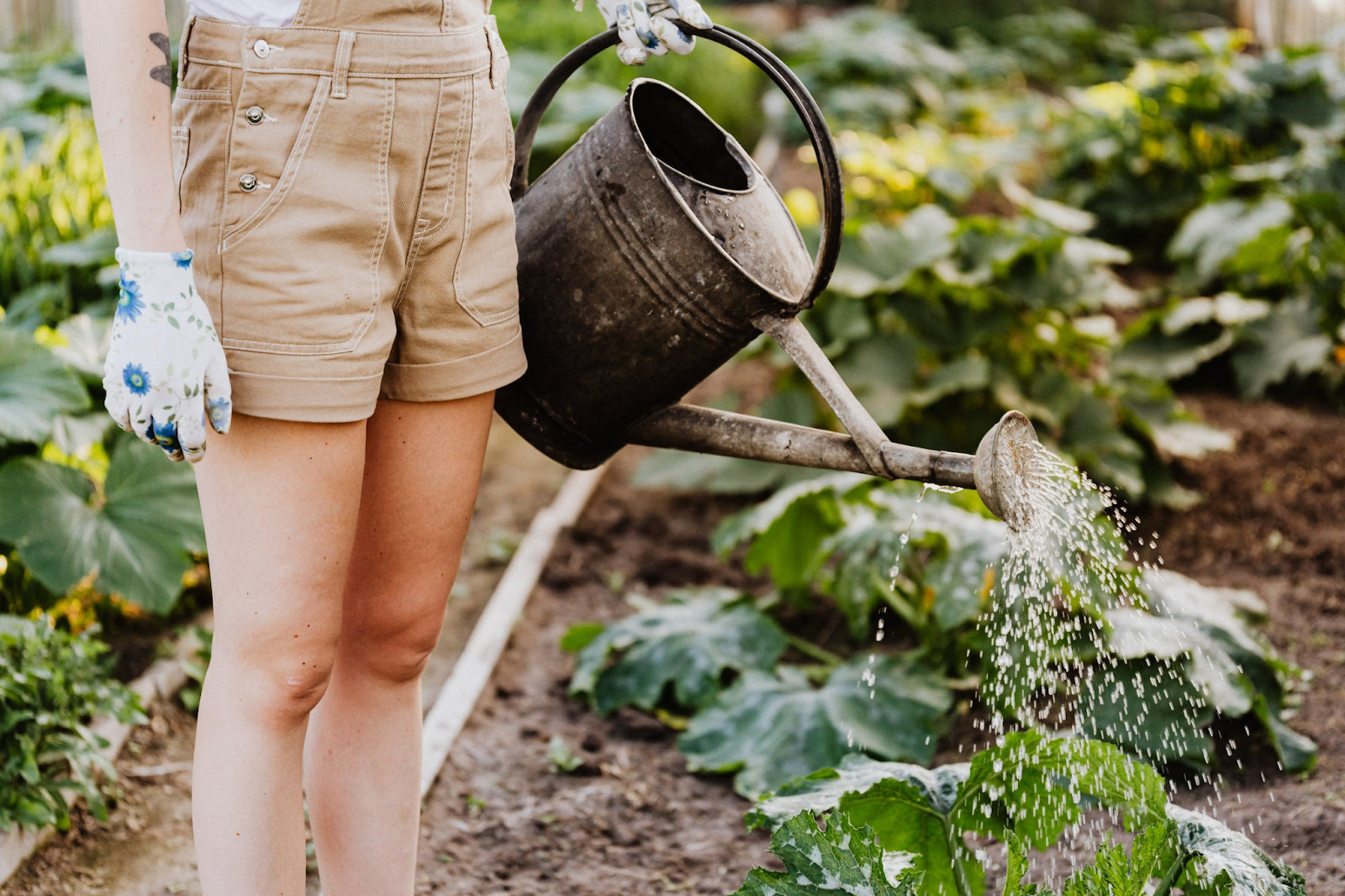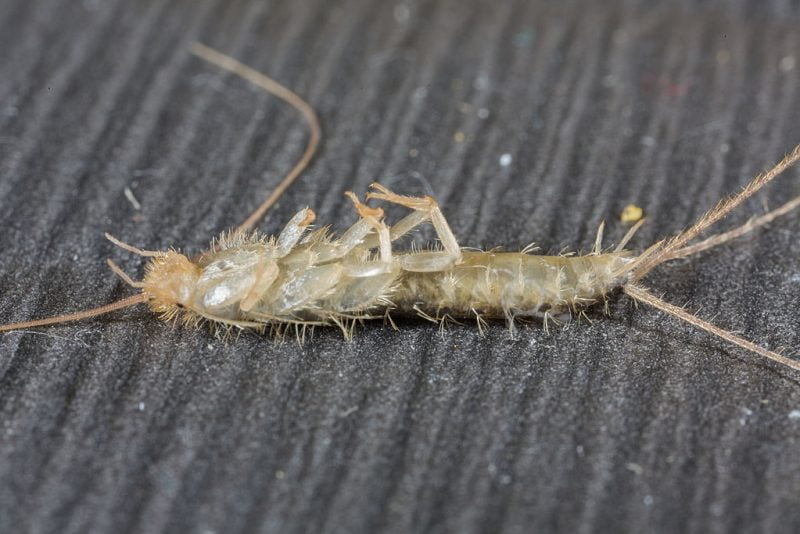Controlling pests is an integral yet challenging aspect of backyard farming. Nevertheless, it’s a hurdle that can be effectively addressed by constructing and maintaining resilient, pest-proof outdoor structures.
Creating such spaces helps safeguard your precious produce and ensures the general aesthetics and health of your backyard. This post provides a comprehensive guide to planning, building, and maintaining pest-proof outdoor structures for a thriving backyard farm.
Table of Contents
Understanding the Importance of Pest Control in Backyard Farming
Pests can wreak havoc on your backyard farming efforts. They devour crops, disturb livestock, and can transmit diseases. Their presence may lead to a significant loss in production and expose your backyard to the risk of infestation. Place an effective barrier between your activities and these destructive creatures by implementing pest-proof structures.
Being proactive in your approach to pest control protects your investments and contributes to a more balanced and healthier ecosystem in your backyard space. Understanding the behavior of local pests and their potential impact can drive the strategic design and deployment of your pest-resistant structures.
Essential Factors to Consider When Building Pest-Proof Structures
Building pest-proof structures for backyard farming demands thoughtful consideration of various factors:
- Location selection. Opt for a site that’s open and less appealing to pests. Water sources or dense vegetation near the structures could potentially attract pests, so aim for a clean, dry spot.
- Material selection. Using pest-resistant materials is vital. Treated lumber, metal, or concrete are some sturdy, pest-resistant materials ideal for building outdoor structures.
- Local pest species awareness. Recognize the common pests in your area and understand their behaviors and weaknesses. This will influence your structure designs, as you’ll aim to make your structures invulnerable to these specific pests. You might want to consult your local pest control experts for professional advice. If you live in Eugene, Oregon, there are experienced technicians you can hire to build a robust pest control regimen for your property.
Plan your structures in a way that they are resistant to pests and comfortable for your backyard farm’s inhabitants. They should also blend well with the aesthetics of your backyard while providing ease of access for maintenance and regular inspections.
How to Build Pest-Proof Outdoor Structures

Photo by Laura Arias from Pexels: https://www.pexels.com/photo/man-fumigating-the-plants-9280745/
Building pest-proof outdoor structures calls for careful planning and execution. The process varies depending on what structure you’re working on—be it a chicken coop, a greenhouse, or a compost bin. Each requires unique features aimed at deterring pests while promoting a productive environment for your crops or poultry.
Chicken Coop
For the chicken coops, along with the nesting boxes for your hens, solid floors can reduce the likelihood of burrowing pests and secure the safety of your chickens. Choosing the correct wiring for windows and ventilation is also critical. In particular, hardware cloth provides a sturdy, pest-resistant barrier that keeps larger pests like raccoons out, yet is small enough to protect against mice and rats as well. Additionally, ensure that all doors and entrances have tight-fitting locks that can’t be easily manipulated by crafty critters.
Greenhouse or Garden
When it comes to your greenhouse or garden, using insect-proof netting over your vents, doors, and windows is a highly practical deterrent against a range of pests. Elevating your beds and containers is another effective strategy since it makes it harder for pests to reach your plants. Supports and trellises for vining or climbing plants also improve your garden’s vertical space and decrease pest infestations by elevating plants off the ground.
Compost Bin
Your compost bin is another structure that must be carefully designed to resist pests. A tight-fitting lid is essential to keep flying insects out and prevent the bin from becoming a breeding ground. A sturdy and closed base will also deter rodents that might be attracted to the food scraps within. If possible, include a tumbler or mixer within the bin to help speed up decomposition and make the compost less appealing to pests.
Besides these specifics, each structure’s design should consider the importance of regular cleaning and maintenance. Accessibility should be a priority in the initial construction phase—it will pay dividends in simplicity of cleaning and upkeep later on. Pest-resistant materials, like metal, plastic, or treated lumber, can add to the longevity of your structure and further deter pests.
Incorporating natural deterrents into your structure designs can also increase their efficacy. Certain plants, such as marigolds and lavender, can naturally repel pests and could be placed strategically around your structures.
Proper planning, coupled with the right materials and design, will help you build effective pest-proof structures that stand the test of time, contributing to the health and productivity of your backyard farming endeavors.
Maintaining Your Pest-Proof Outdoor Structures
After constructing your pest-proof spaces, it’s crucial to ensure they stay that way through regular maintenance and quick action when needed:
- Inspection. Set up a routine to regularly check your structures for signs of pest damage like gnawing, scratching, or evidence of nesting.\
- Repair and reinforcement. Repair any damaged areas immediately to keep them robust against pests. Consider reinforcements if you notice that certain pests are proving particularly persistent.
- Cleanliness: Keep your structures clean. Regular removal of waste products and leftover food can prevent attracting pests.
It’s also worthwhile to continually update your knowledge about local pests, their behaviors, and the most recent resistance techniques. Combining informed maintenance with diligent housekeeping will increase your chances of sustaining a pest-free environment.
Additional Methods of Pest Control for Backyard Farming

Alongside building and maintaining pest-proof structures, incorporating additional pest control strategies can significantly increase your chances of achieving a pest-free backyard:
- Natural deterrents. Some plants and herbs naturally repel certain pests. Marigolds, for instance, can deter nematodes, and mint can repel ants. Beneficial insects like ladybugs and praying mantises are natural predators of many garden pests.
- Chemical treatments. If pests manage to infiltrate your backyard despite all precautions, consider using chemical treatments. Always opt for eco-friendly options and follow the directions closely to make them safe and effective.
- DIY pest control: Homemade concoctions, like sprays made from peppers, garlic, or soap, can provide an additional layer of protection against pests.
These techniques, coupled with your pest-proof structures, will create a potent defense, allowing your backyard farming to flourish.
Conclusion
Creating a pest-proof outdoor space is a strategic and efficient long-term solution for maintaining a productive and beautiful backyard farm. By understanding the importance of pest control, carefully building and maintaining your structures, and applying additional protection techniques, you take a holistic approach to pest management, ultimately contributing to a healthier ecosystem right in your backyard.





